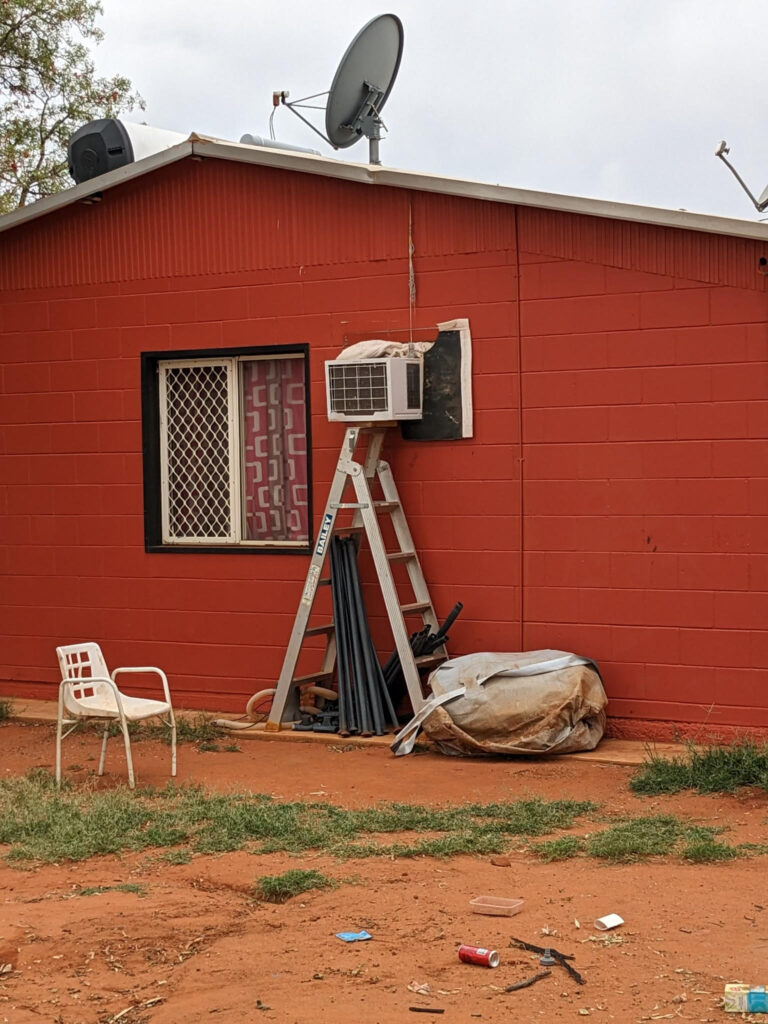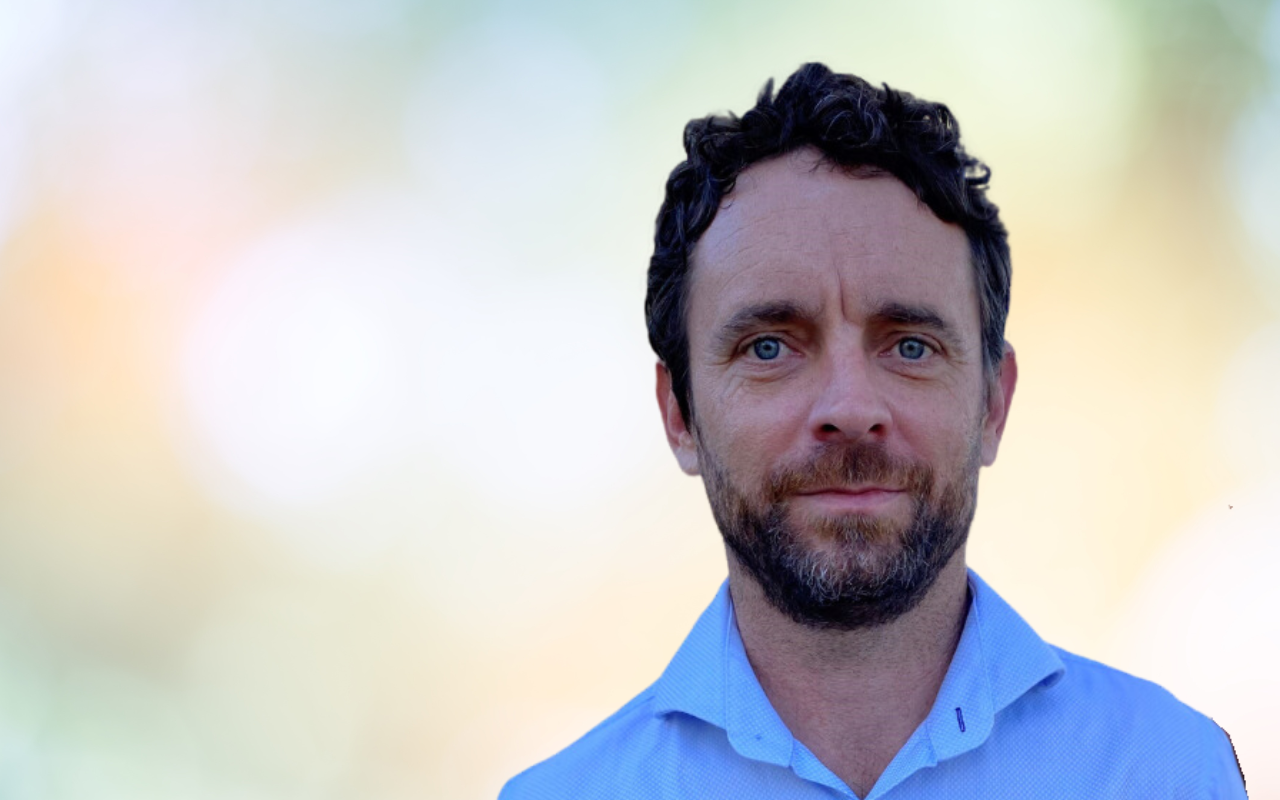Building more and better living space is crucial to eliminate rheumatic heart disease in Aboriginal people living in remote areas, yet the current model of remote housing is failing to improve conditions.
The 2020 Australian guideline for prevention, diagnosis and management of acute rheumatic fever and rheumatic heart disease acknowledges that reducing the negative impacts of overcrowding for remote living Aboriginal people has strong evidence. Overcrowded living conditions are ripe for the spread, directly or indirectly, of Streptococcus, which is the trigger for acute rheumatic fever in hyper-exposed individuals. Reducing conditions that lead to overcrowded living spaces will decrease streptococcal colonisation and subsequently reduce rates of acute rheumatic fever and rheumatic heart disease.
The physical problem of overcrowding – living in close physical proximity with many others – can only be addressed by housing and physical space that alleviates this. The guideline acknowledges that an isolated strategy of building more houses may not solve the problem, and this has indeed proven true over the past five years in the Northern Territory. However, the information contained in the guideline lacks clarity and direction, and does not fully reflect what is known or knowable when it comes to addressing housing solutions that will reduce rheumatic heart disease.
In the NT, the reason that Indigenous houses are so overcrowded is simple: there are not enough houses. And, thus, it makes sense that building more houses will rectify the problem of physical overcrowding. However, if houses are designed in ways that force people to crowd indoors, then they may actually exacerbate overcrowded conditions ripe for diseases such as rheumatic fever, and this is what is currently happening. In hot climates, if houses do not perform well in the hot weather and cost too much to keep cool, they will exacerbate overcrowding.
The current model of remote housing in the NT has not only failed to improve but probably worsened physical overcrowding. In the past five or so years, more houses and more bedrooms have been built in remote areas in the NT than ever before, yet the rate of diseases such as rheumatic heart disease, which are the canary in the coalmine of overcrowding, is going up. Despite the $1.1 billion remote housing spend, which last week was extended to $4 billion over the next ten years, there is evidence that something with this housing model is going very wrong. And we do not need research to tell us the reason; communities have clearly expressed that the new houses being built and designed without community consultation have forced them to live in closer proximity.

These new houses built over the past five years in remote areas in the NT are the lowest thermally performing houses constructed in Australia, meaning that they are also the most expensive to keep cool (here). They are all in some of the hottest parts of the world, in the poorest communities in Australia. These structures would be illegal to build in any other state of Australia except for Tasmania, as they would not meet state building code thermal performance requirements (here). Before they are constructed, all trees on the block are removed and the earth is compacted to be like concrete to make the construction process easier for the builders, leaving bare dusty yards that will never grow trees or grass. The houses have minimal outdoor living space, a reflection of the NT Remote Indigenous Housing guidelines, and have no design for natural ventilation and no consideration of culture in any regard, and, in fact, many residents compare the new houses to prison cells.
It is well known that the residents of these houses are the most energy insecure in the world. Pre-purchased electricity disconnects when the credit in the meter expires, and when the weather heats up and air conditioners hum all day and night, rates of disconnection increase significantly. Most houses disconnect at least once a week, and when the residents don’t have the money to recharge, everyone moves into another family members’ house that was probably already overcrowded. Power bills are extreme because without air conditioning the dwellings are unlivable. The lack of design consideration for natural ventilation means that even opening a window is unlikely to help keep the house a bit cooler. Combined with these housing design failures, pre-paid electricity is an unacknowledged health disaster that drives overcrowding among many other health and social problems.
Only one single remote Indigenous public house has rooftop solar panels. Despite evidence from this pilot study that rooftop solar panels can alleviate energy insecurity, there are no plans by the NT Government to roll out rooftop solar panels across remote housing assets.

Given that these homes are designed to have almost no natural ventilation and minimal outdoor living space to provide shade in very hot weather, the only option is to crowd indoors when it is hot and turn the air conditioner on or move to someone else’s house if the power has run out. These new houses have very predictably worsened physical overcrowding into prison-like dwellings.
The Room To Breathe program has been a part of this $1 billion spend and appears to follow the rheumatic heart disease guidelines that hesitantly point to the fact that housing with more bedrooms might help reduce overcrowding. This program saw new bedrooms constructed in existing outdoor living spaces such as verandas, mostly turning three-bedroom dwellings with one bathroom into four-bedroom dwellings, still with one bathroom and now with extra room for another family to move in. This is not to mention the loss of the outdoor shaded space, which is the best place to sit when the power disconnects.
And the outcomes? Rates of rheumatic heart disease show little sign of abating despite this massive spend on housing, and so too are other diseases associated with overcrowding, such as crusted scabies. The guidelines are correct: new dwellings alone will not necessarily have an impact and we now have rock-solid evidence that something has gone terribly wrong with the way the last billion dollars was spent.
The rheumatic heart disease guidelines are an excellent resource in the diagnosis and treatment of this disease, but the prevention sections leave room for improvement and should be at the very front line in explaining pathways of advocacy that our profession should be driving. Rheumatic fever and subsequent valvular disease can only be prevented by providing safe, thermally and culturally appropriate housing. Until these guidelines take this issue more seriously, they will ensure that all the medical profession does is diagnose and treat, a very sad outcome for Aboriginal people. Doctors need to ask the NT Government what they plan to do to empower communities with the next $3 billion to be spent on remote housing, and advocate for communities who are clearly asking for homes that are safe to raise their children, shaped by each community around their culture and their climate.
Dr Simon Quilty is a specialist physician who has lived and worked in the remote Northern Territory for 18 years and is currently working with Wilya Janta and Warumungu Elders from Tennant Creek to build climate-resilient and culturally considered homes to allow families to thrive in a warming climate.
The statements or opinions expressed in this article reflect the views of the authors and do not necessarily represent the official policy of the AMA, the MJA or InSight+ unless so stated.
Subscribe to the free InSight+ weekly newsletter here. It is available to all readers, not just registered medical practitioners.
If you would like to submit an article for consideration, send a Word version to mjainsight-editor@ampco.com.au.

 more_vert
more_vert
As these guidelines are copyright to the Menzies School of Health Research, should advocacy be co-designed and launched in partnership with AMSANT, NACCHO and ATSIHA as community-controlled peak organisations with housing expertise?